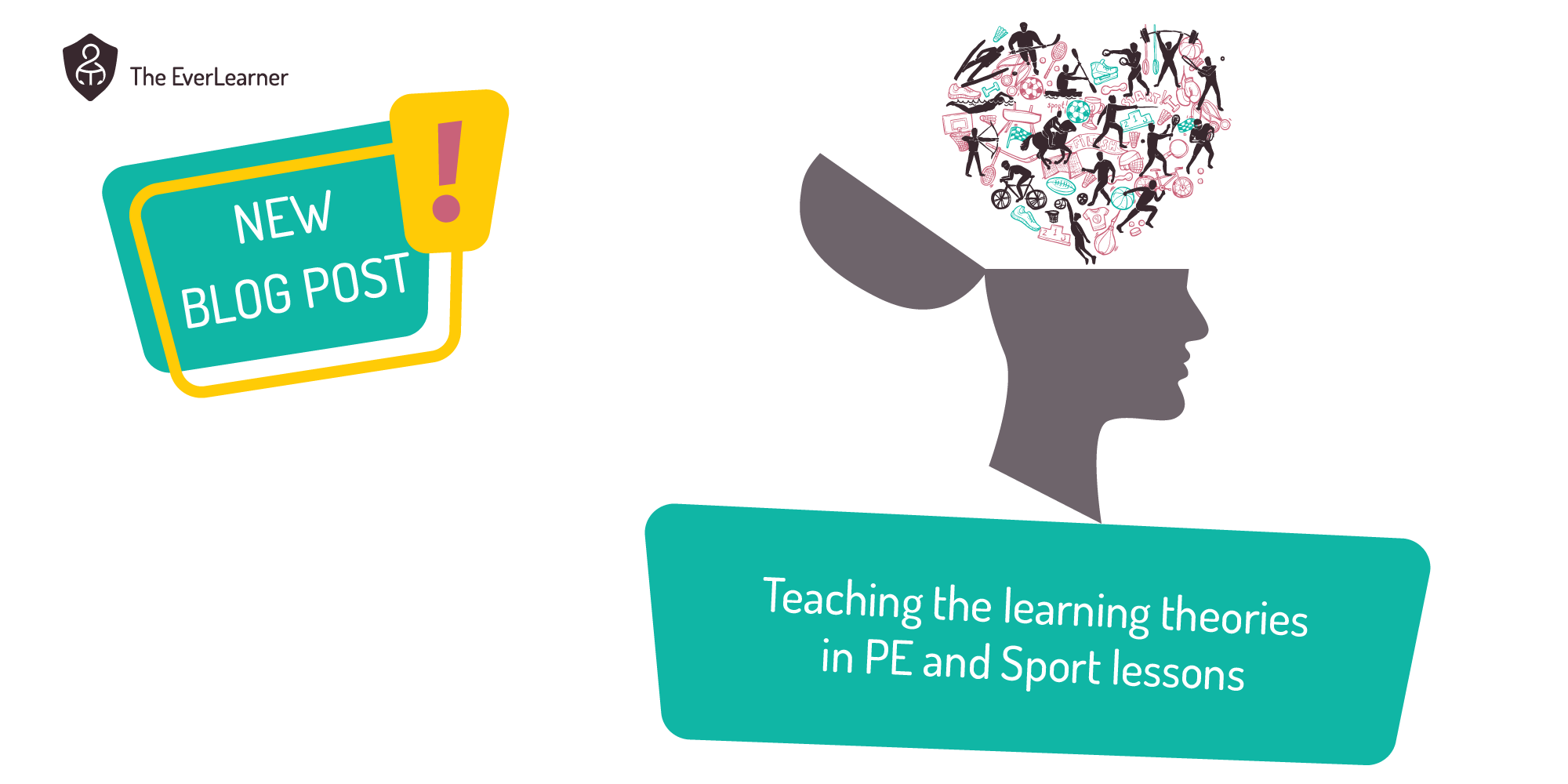Build, Peak, Maintain
Colleagues, in an educational world filled with "three letter acronyms", I’ve decided to play my part and chuck another one at you:

For about 15 years, I’ve been thinking that the concept of “a lesson” is quite misleading to what I do. I simply don’t teach “lessons”. Rather, I try to create structures in which human beings (my students) can learn and remember. Put simply, a one-off “lesson” with, perhaps, a bit of homework bolted on does not achieve this aim. “One and done” teaching or lessons promote forgetting and, more importantly, rapid forgetting. Here’s why:

Put bluntly, remembering diminishes very rapidly after first learning. According to Ebbinghaus, a loss of over 50% within 24 hours (depending on numerous factors that I won’t get into here) is not uncommon.
But all is not lost. Ebbinghaus also demonstrated that forgetting is more gradual if repeated access points or “practice” were structured into a learning programme:

Notice how, along the x-axis, the time to forget 20% doubles and then trebles (from the original) after each exposure.
Going further, Thalheimer showed that learning ideas for longer (known as spaced learning) promotes slower forgetting and that if a learner “reactivates” their learning after the peak, they can maintain their understanding:

If you consider that the red curve could represent “one and done” teaching and learning, you will notice how rapidly the forgetting occurs. But if you consider that the green curve represents a learning experience where the teacher interleaves future learning into their instruction and –perhaps more importantly– has students pre-study material in preparation for lessons, you can see that forgetting is more gradual. This is not rocket science: Learn it for longer and with greater exposure points and you will remember it better. This, intuitively, makes sense.
Then, finally, Thalheimer demonstrated that if learners reactivate after the peak, they have the capacity to not forget.
Wow! So simple, so intuitive, but –let’s be honest– not the way in which we all tended to learn in schools; and, perhaps, only recently has this type of teacher stimulus been available to us.
For me, this way of thinking switched how I consider my lessons. I now use the...

...methodology.
What is Build and why bother?
Build tends to relate to two primary experiences for my students:
- I always take the opportunity to interleave my instruction forward. For example, if I am teaching the functions of the skeleton, I will make a point of introducing the primary concept of levers and antagonistic pairs in the “movement” function. Without doing this, I would be very unsatisfied with my instruction as I would be teaching “floating concepts” or “concepts in isolation”.
- I always (almost always) have students structurally pre-study materials prior to the lesson (peak).
So, building is both structural (point 2) and also skill-based (point 1). I wonder whether point 2 is actually more controllable for all PE teachers as –I suppose– point 1 takes time to develop the sensitivity of this knowledge base to grasp all opportunities. So, I might be arguing that you start this journey with point 2.
“Building” causes the spacing effect. But it also has other impacts:
- Understanding is promoted including synopticism.
- Lesson-based instruction time decreases.
- Timetabled lesson time for the hardest learning experiences such as writing, drawing and calculating increases.
- Out-of-lesson learning including homework and pre-study are completely automated. For example:

This one shows how a student will be expected to study a critical tutorial in advance of the peak (lesson) within an educational environment. This last point matters. Sending students to YouTube to watch a video won’t work: you must use educational software to achieve this.
Here’s another example, this time from A-level PE. Imagine that the students Fleur and Hermione were expected to complete this quiz test after they had watched the tutorial on guidance and were now ready to prove their knowledge. Look closely at the wording in the instructions.

In a bog-standard Build-Peak-Maintain cycle for my students, the Build will involve:
- a tutorial within an educational software (mine). In the region of 10-12 minutes including note taking; and
- a short mastery quiz test to prove core understanding. In the region of 8-10 minutes depending on repetitions.
These assignments, combined, take me about 60 seconds to set. These assignments, combined, will take the average student 20 minutes to complete.
Think about this from the student's perspective:
Think about this from the teacher perspective:
This is –drum-roll, please-... SUSTAINABLE!!
What is Peak and why bother?
Put simply, Peak is your lesson time. That’s it, really. But considered differently, the Peak is now targeted at taking already accessed learning and maximising it with skills and application.
I do not feel it is right for me to tell you how to teach your lessons but I do feel comfortable suggesting all of the following:
- Cause the Peak of knowledge and understanding within the lesson.
- Bring the hardest skills, whether graph drawing, analysing, presenting or essay writing into the lesson time.
- Deliver from the front less.
These three points are at the heart of Build-Peak-Maintain because part of the Peak is to peak the skills as well as the content.
What is Maintain and why bother?
Maintaining is all about reactivation. Take a look at this example:

This image is the student’s view of the type of activity I would expect of a student in the hours and days after our Peak. Why?
- Students reactivate what they have learned.
- Students have to discriminate between new learning (in this case guidance) and older learning (in this case stages of learning). This leads to “discriminative contrast” or the capacity of the student to spot a question on guidance amongst other topic areas.
- Students must show mastery. They can repeat relentlessly until achieved.
- The experience is quick (only ten quiz questions) and is easily repeatable. I refer to this as the “skinny” principle.
- Each repetition is completely unique and, therefore, is challenging on every iteration.
- Students have to retrieve their knowledge under assessment conditions: in this case, with a time limit which can be extended by 25% or 50% for students who have exam access arrangements. This positively stresses the need to accurately AND rapidly retrieve concepts from the long-term memory.
Conclusions
Put simply, I am asking all PE teachers to ponder the Build-Peak-Maintain model for their groups and their cohorts. This is especially true if the group is studying an examination PE course where memorisation is critical to success.
In a more nuanced way, I am asking PE course managers to reflect on their course programmes and consider whether the course is structured for remembering or is structured, albeit inadvertently, for forgetting. I am suggesting the former is far, far, better for our students and us.
Thanks for reading.
James
%20Text%20(Violet).png)


